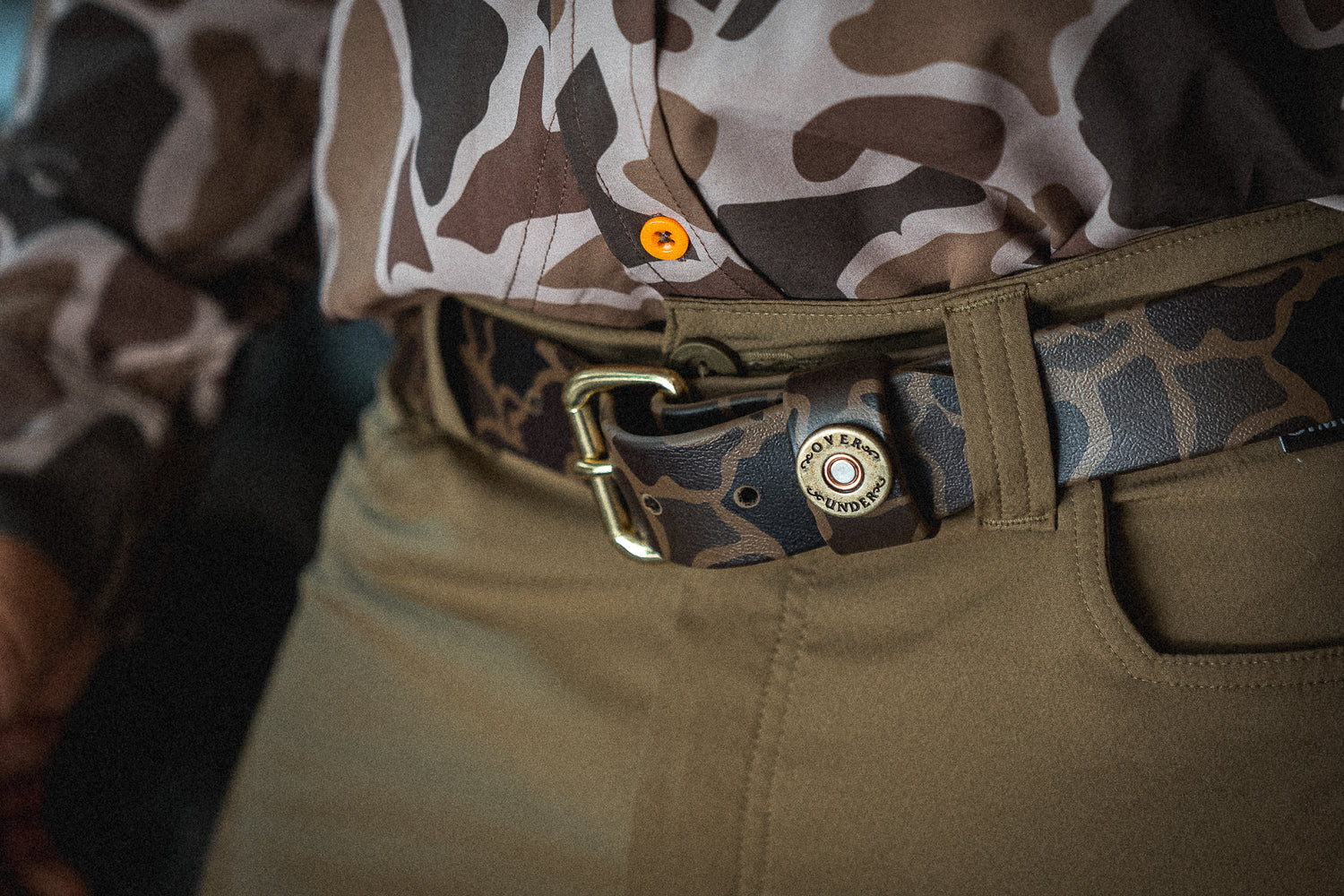Mature bucks know the details of their environment and have fast reflexes, making them a challenge to hunt. A whitetail deer is especially resourceful since it can detect smells more acutely than bloodhounds. For hunters, the key to tracking and bagging a whitetail is a matter of scent control and outerwear that can evade the buck's senses.
1. Plan Ahead
The scent of laundry detergent, soap, shampoo, cologne, or deodorant can be pleasing. In some cases, they can even be virtually undetectable to most people. However, a whitetail deer's sense of smell is more than 1,000 times better than a human being’s. Some studies suggest that a buck can detect odors from a mile and a half away. To a whitetail, these smells are repugnant, and many hunters have scared deer away without even realizing it. This makes bagging a buck more difficult and more of an accomplishment.
Before heading out on a hunt, shower with an odorless soap and shampoo, and dry off with a fresh towel washed with an odorless detergent. Remember to apply an odorless deodorant when you're ready to leave. While it may seem easier to go the natural route, a buck can still detect the smell of bacteria from a person's sweat. If they catch the odor downwind, they'll leave the area.
2. Alter Habits
Certain daily routines may need to change before the hunt. Rather than toothpaste, some hunters will brush with baking soda, which masks oral odors and doesn't have a detectable flavor.
Additionally, many hunters will skip their routine of breakfast and coffee, as the smell can permeate their skin and outerwear.
If possible, keep your gear in an airtight bag until you arrive at the hunting grounds. The covering will help ensure that smells from outside the deer's environment don't contaminate the outerwear.

3. Stay Upwind
Hunters need to work the wind to prevent alerting the deer. Use an indicator to remain attuned to its direction, and stay upwind so the buck can't catch your scent.
If the wind isn't on your side, it may be necessary to reposition. Choose a path that doesn't cut through the buck's bedding, which will announce your presence. Map your route ahead of time and rely on your camouflage gear. Bucks know that the color and pattern of jeans signify danger. Camouflage outerwear takes on the colors and formations of the deer's environment, allowing you to move around with improved ease.
However, the exertion of switching treestands can lead you to sweat. Bring along extra odorless deodorant or a smell-neutralizing spray to maintain an advantage.
4. Scent Marking
Scent can also be used to the hunter's advantage, attracting a deer to your position. Early on in the season, you may want to mark the buck's scrape with a non-estrous scent. It can draw them near to re-establish the area as part of their territory.
However, as the season goes on, you'll need to change the scent according to the buck's priorities. Deer mating season, also known as the rut, usually runs between October and December, which is why most fawns are born in May. The bucks will be less interested in impingement on their territory and more interested in a doe. By wicking, dripping, or dragging an estrous scent, they'll be drawn to your location.
For more information on our outerwear and hunting accessories, call us at (904) 619-0577. All orders $50+ are eligible for free shipping.


